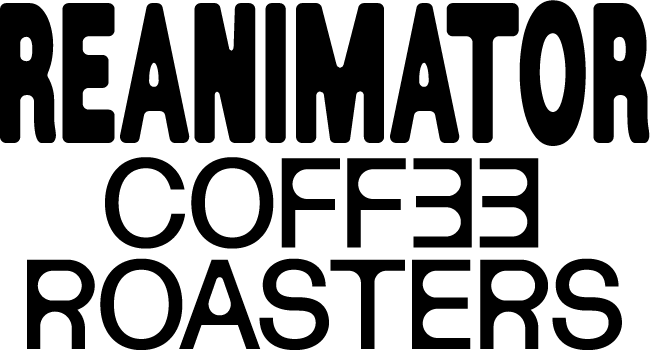For the second year running, we’re pleased to offer the Divino Niño lot out of Costa Rica. We absolutely love this coffee, and it’s one we look forward to tasting all year long. Divino Niño is an incredibly clean coffee, with notes of vanilla, coconut, honey, and a gentle white wine acidity.
The coffee is grown and processed at Los Altos Del Abejonal by Mauricio Vindas Vargas and his family, a beautiful farm we enjoy visiting year after year.

Mauricio is a warm host, and a unique guy.

The coffee is unique as well, and a large part of what gives Divino Niño this character is its honey processing.
Honey processing is a method that combines elements of both the more common washed process, and the natural process. Traditionally, washed coffees have the seed of the coffee cherry depulped, and then fermented to remove the sticky mucilage, before being washed and dried. This prevents any fermentation of the bean, and creates clean, nuanced flavors. Nearly every coffee we offer at ReAnimator is a washed process coffee, as we are often trying to present the cleanest, and most well-defined flavors we can.
On the other side, the natural process is unique in that it calls for the whole, unpulped cherry to dry in the sun, creating natural fermentation and imparting tons of fruit flavors into the seed, which comes through in the cup. The downside here is quality control becomes difficult, with lots of variation present in this more simplistic processing. While some naturally processed coffees can have dynamic, refreshing, and exciting flavor profiles, many can come across as muddled, fermented, and funky.
So, what makes the honey process unique is that it combines elements of both the washed and natural processes. In the honey process, coffees are depulped as they would be in the washed processes, but in the fermentation stage, not all the mucilage (sometimes referred to as honey) is removed before drying in the sun. How much mucilage is left on the bean before drying determines the classification of the coffee on the honey processing spectrum.
The honey processing spectrum runs from White Honey, which has the least amount of mucilage intact, (least amount of mucilage) all the way to Black Honey (most mucilage left). The graphic below is curtesy of Seattle Coffee Gear, and shows the variation in color from this process.

Divino Niño is a White Honey, which means it most closely resembles a fully washed coffee, and had most of the mucilage removed before drying. We’re drawn to the White Honey because of the cleanliness maintained in the cup, but the unique character that remains from the honey left intact. It’s what makes Divino Niño so special and exciting, and why we’re proud to be roasting it.
For more detailed information, we highly recommend this thorough exploration on processing at Seattle Coffee Gear.

